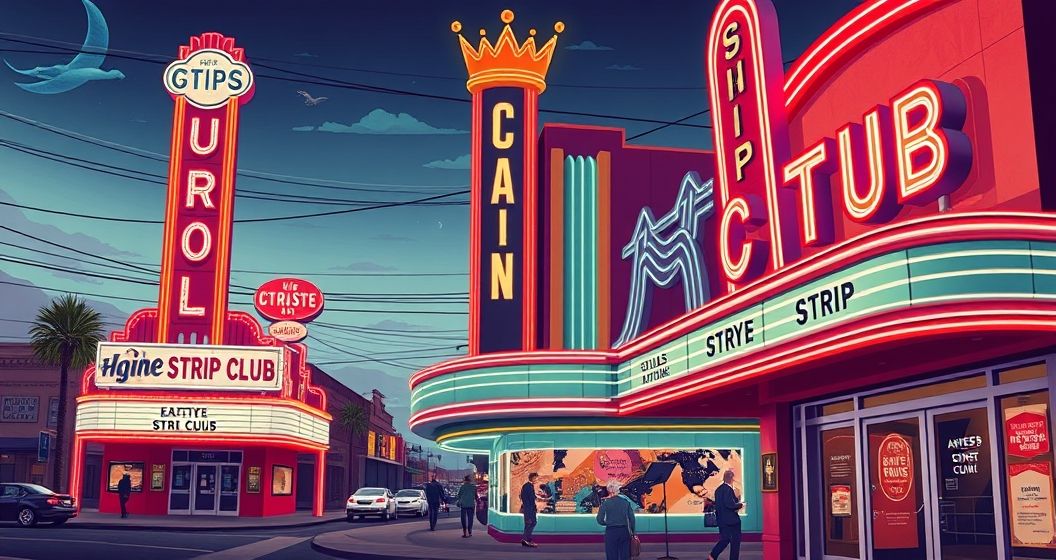American strip club facades: Beyond the Neon: The Architecture of American Strip Clubs
Prost’s photographs don’t focus on the interior activities. Instead, they highlight the architectural quirks and visual storytelling of the buildings themselves. These aren’t just anonymous buildings; they are carefully constructed environments, designed to attract attention and project a specific image. The names alone – Pleasures, Temptations, Cookies N’ Cream – hint at the playful, sometimes provocative, nature of their branding. This branding extends to the architecture, creating a unique visual language that speaks volumes about American culture and its relationship with desire, entertainment, and the often-blurred lines between the respectable and the taboo.
A Kaleidoscope of Styles
The sheer diversity of architectural styles is striking. From the flamboyant Art Deco flourishes of some Miami clubs to the more subdued, almost anonymous designs found in smaller towns, the buildings reflect the diverse regional styles and economic realities of their locations. Some boast elaborate neon signs that shimmer and pulse with an almost hypnotic energy, while others rely on more subtle cues, hinting at the activities within without being overtly explicit. This subtle tension between overt display and veiled suggestion is a recurring theme in Prost’s work.
The Unexpected Beauty of the Ordinary
Prost’s lens reveals an unexpected beauty in the ordinary. He elevates the seemingly mundane – the faded paint, the chipped signage, the slightly off-kilter awnings – into elements of a larger, more compelling narrative. These are not just buildings; they are snapshots of American history, reflecting changing social attitudes, economic trends, and the ever-evolving landscape of the entertainment industry. The decay and wear on some of the buildings add another layer of complexity, suggesting stories of both success and decline, of fleeting moments of glamour and the enduring realities of time and place.
More Than Just Buildings: A Cultural Commentary
“Gentlemen’s Club” is more than just a collection of photographs; it’s a sociological study, a visual essay on the American landscape and the often-unseen aspects of its cultural fabric. The strip club facades, with their eclectic mix of styles and aesthetics, become a microcosm of American society, reflecting its contradictions, its complexities, and its enduring fascination with the allure of the forbidden. Prost’s work invites us to look beyond the stereotypes and preconceptions associated with these establishments, prompting us to consider their place within the broader context of American culture and its visual representation. The American strip club facade, therefore, becomes a surprisingly rich and rewarding subject for artistic exploration and social commentary. The journey through these seemingly disparate locations reveals a cohesive narrative, a visual tapestry woven from the threads of desire, ambition, and the enduring allure of the American dream, however unconventional its manifestation.


